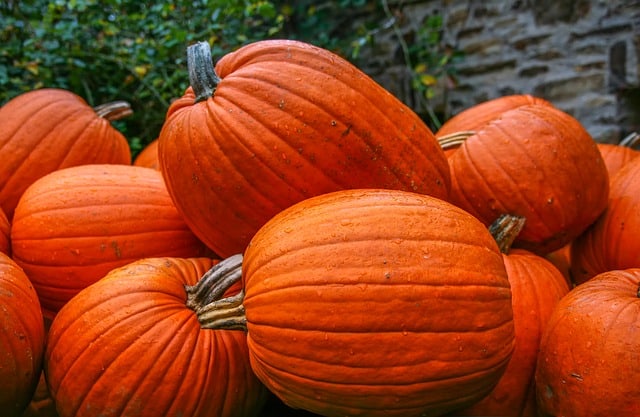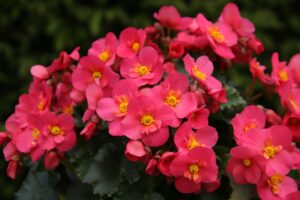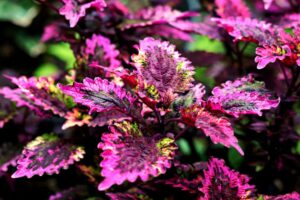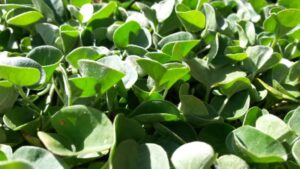In this post, we’ll cover everything you need to know about harvesting and growing pumpkins, from the best planting practices to tips for ensuring a bountiful harvest.
Knowing When to Harvest
Timing is crucial when it comes to harvesting pumpkins. The best time to harvest is typically in late summer to early fall (around mid-September to Halloween), depending on your planting date. Here are signs to know when your pumpkins are ripe:
Color: Look for a deep, solid orange color.
Skin Hardness: The skin should be tough enough that you can’t easily puncture it with your fingernail.
Stem Condition: The stem should be brown and dry. A green stem indicates that the pumpkin may not be fully mature.
Harvesting Techniques
Harvesting pumpkins requires a gentle touch to avoid damaging the fruit. Here’s how to do it properly:
Use Sharp Pruners: Instead of pulling on the pumpkin, cut it from the vine with a sharp pair of garden shears or pruners.
Leave a Stem: Make sure to leave a portion of the stem attached to the pumpkin (about 3-4 inches). This will help slow decay and extend its shelf life.
Handle with Care: Pumpkins can be heavy and awkward to carry. Lift them from the bottom to prevent bruising.
Post-Harvest Storage and Decoration
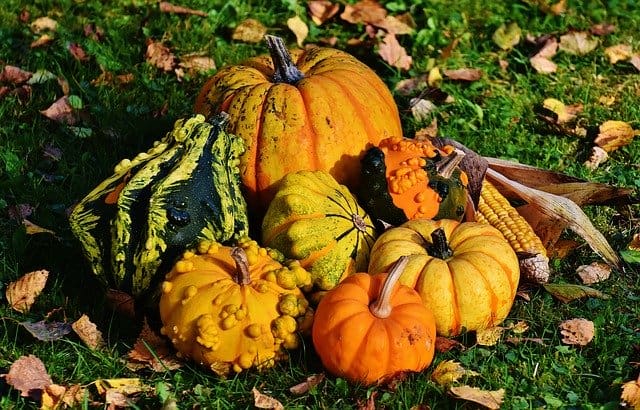
After harvesting, it’s essential to store your pumpkins correctly to maximize their lifespan:
Clean Your Pumpkins: Wipe them down gently with a damp cloth to remove dirt.
Store in a Cool, Dry Place: Keep your pumpkins in a well-ventilated area away from direct sunlight. Ideal temperatures are between 50-60°F.
Decorate: Once your pumpkins are clean and dry, feel free to get creative! Use them in centerpieces, carve them for Halloween, or cook with them—there are countless delicious recipes that feature pumpkin.
The Joy of Growing Pumpkins
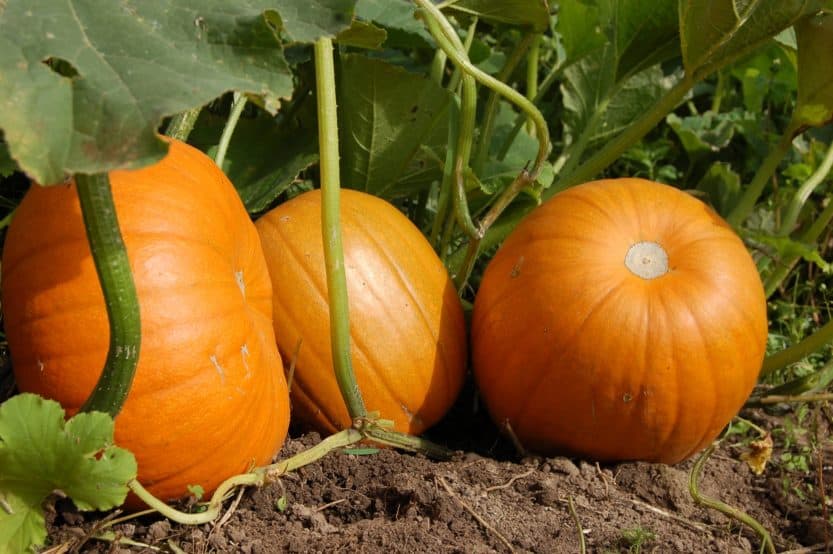
Growing your own pumpkins is not just about producing the perfect Jack-o’-lantern; it’s an excellent way to connect with nature, practice gardening, and create memories with family and friends. With their bright orange hues and unique shapes, pumpkins can also add a charming touch to your home decor throughout the fall season.
Selecting the Right Variety
Before you rush into planting seeds, it’s essential to choose the pumpkin variety that suits your needs and your garden space. Some popular varieties include:
Traditional Pumpkins: Great for carving, these pumpkins often come in medium to large sizes (like ‘Connecticut Field’).
Sugar Pumpkins: Smaller and sweeter, ideal for baking.
Decorative Pumpkins: Such as ‘Miniature White’ or ‘Warty Goblin’, perfect for adding variety to your home decor.
Planting Your Pumpkins

Pumpkins thrive in full sun, so you’ll want to select a sunny spot in your garden. Here are some pointers for planting your pumpkin patch:
Soil Preparation: Pumpkins prefer rich, well-draining soil. Enrich your soil with compost or well-rotted manure to provide nutrients.
Seed Time: Sow seeds directly in the ground after the last frost, typically in late spring or early summer.
Spacing: Space your seeds about 3 feet apart to give the vines room to spread.
Watering: Pumpkins need plenty of water, especially during the hot summer months. Make sure your plants receive about an inch of water per week, whether from rain or irrigation.
Caring for Your Pumpkin Patch
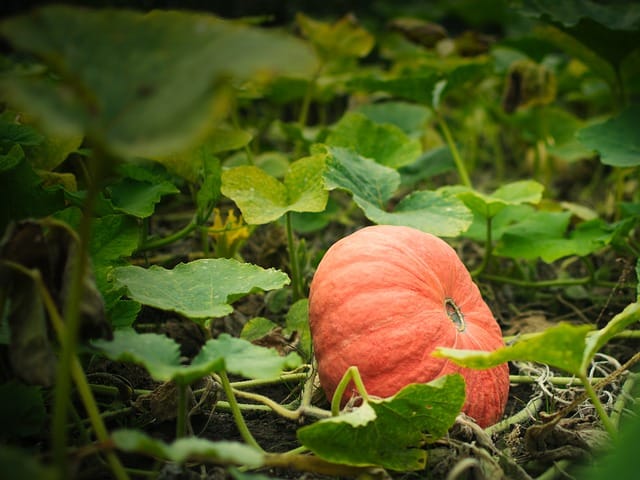
As your pumpkins grow, they will require attention to ensure a successful harvest:
Fertilization: Use a balanced fertilizer once a month to encourage healthy growth.
Weeding: Keep the area around your plants weed-free, as weeds compete for nutrients.
Pest Management: Watch out for pests like aphids and squash bugs. Organic pest control methods can help keep your plants healthy without the use of harsh chemicals.
Conclusion
Harvesting pumpkins at home is a lovely way to celebrate the fall season and connect with family traditions. Whether you’re looking to create beautiful autumn decor or enjoy home-baked pumpkin pie, nurturing your own pumpkins is an experience you will cherish. So grab your gardening gloves and start planting; autumn’s sweetest treasures await you!
Happy harvesting! 🌾🎃


